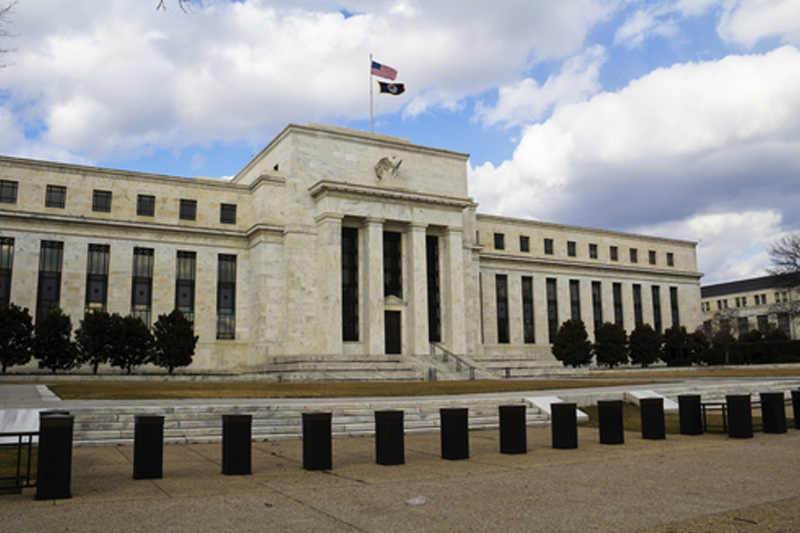Investing.com - A decision by the Federal Reserve to begin tapering the pace of its monthly asset purchases will become increasingly likely if the labor market continues to improve, said the head of the St. Louis Fed branch James Bullard on Monday.
The Federal Reserve is currently purchasing USD85 billion in Treasury holdings and mortgage debt a month to spur recovery, a monetary policy tool known as quantitative easing that drives down long-term interest rates, thus weakening the dollar.
The labor market is showing signs of improvement, which makes the prospect of tapering more likely in the near future, Bullard said in a speech on Monday.
“A small taper might recognize labor market improvement while still providing the Committee the opportunity to carefully monitor inflation during the first half of 2014,” Bullard said.
“Should inflation not return toward target, the Committee could pause tapering at subsequent meetings,” he added.
On Friday, the Department of Labor said the U.S. economy added 203,000 jobs in November, beating expectations for a 180,000 increase and up from a downwardly revised 200,000 rise the previous month.
In the private sector, 196,000 jobs were added last month compared to expectations for a 180,000 rise, after an increase of 214,000 in October.
The report also said the U.S. unemployment rate fell to 7.0% in November, from 7.3% in October, beating expectations for a downtick to 7.2%.
Many market participants expect the Fed to announce plans to taper its USD85 billion in monthly asset purchases in early 2014 if not at the Fed's Dec. 17-18 monetary policy meeting.
Either this month or early next year, the chances of a Fed decision to wind down the stimulus program is growing.
“Based on labor market data alone, the probability of a reduction in the pace of asset purchases has increased,” Bullard said.
The Federal Reserve is currently purchasing USD85 billion in Treasury holdings and mortgage debt a month to spur recovery, a monetary policy tool known as quantitative easing that drives down long-term interest rates, thus weakening the dollar.
The labor market is showing signs of improvement, which makes the prospect of tapering more likely in the near future, Bullard said in a speech on Monday.
“A small taper might recognize labor market improvement while still providing the Committee the opportunity to carefully monitor inflation during the first half of 2014,” Bullard said.
“Should inflation not return toward target, the Committee could pause tapering at subsequent meetings,” he added.
On Friday, the Department of Labor said the U.S. economy added 203,000 jobs in November, beating expectations for a 180,000 increase and up from a downwardly revised 200,000 rise the previous month.
In the private sector, 196,000 jobs were added last month compared to expectations for a 180,000 rise, after an increase of 214,000 in October.
The report also said the U.S. unemployment rate fell to 7.0% in November, from 7.3% in October, beating expectations for a downtick to 7.2%.
Many market participants expect the Fed to announce plans to taper its USD85 billion in monthly asset purchases in early 2014 if not at the Fed's Dec. 17-18 monetary policy meeting.
Either this month or early next year, the chances of a Fed decision to wind down the stimulus program is growing.
“Based on labor market data alone, the probability of a reduction in the pace of asset purchases has increased,” Bullard said.
